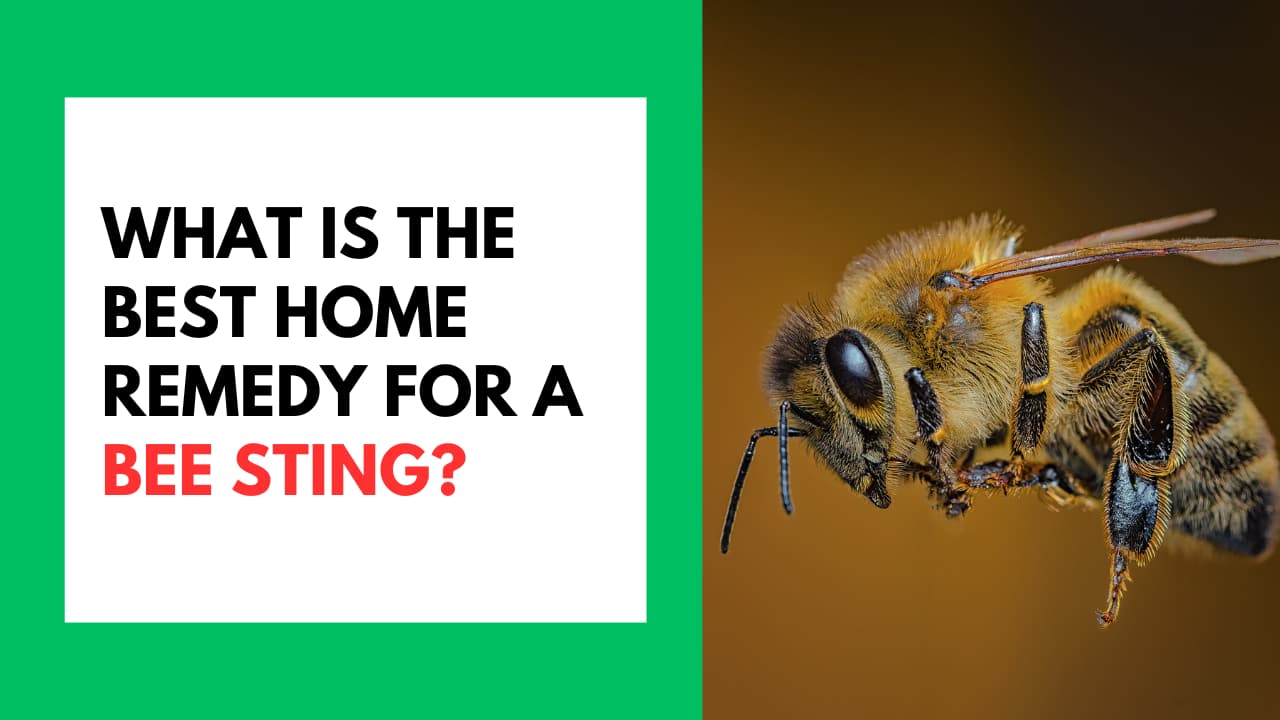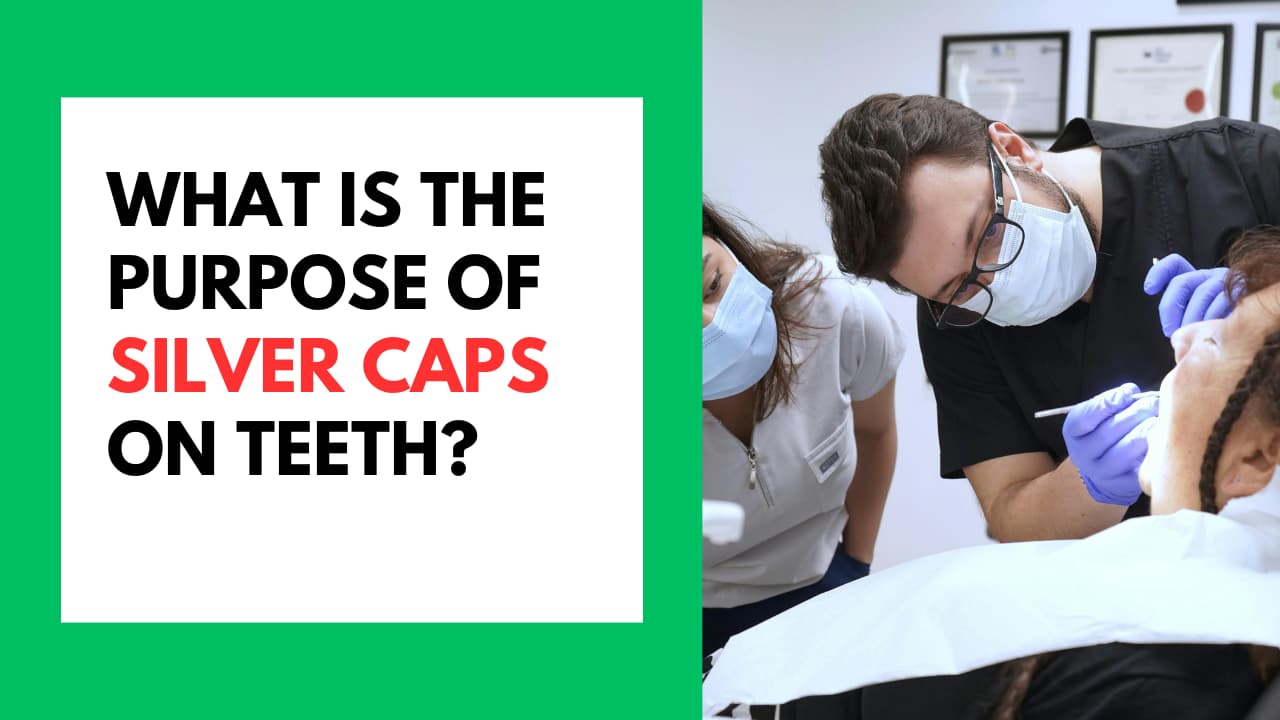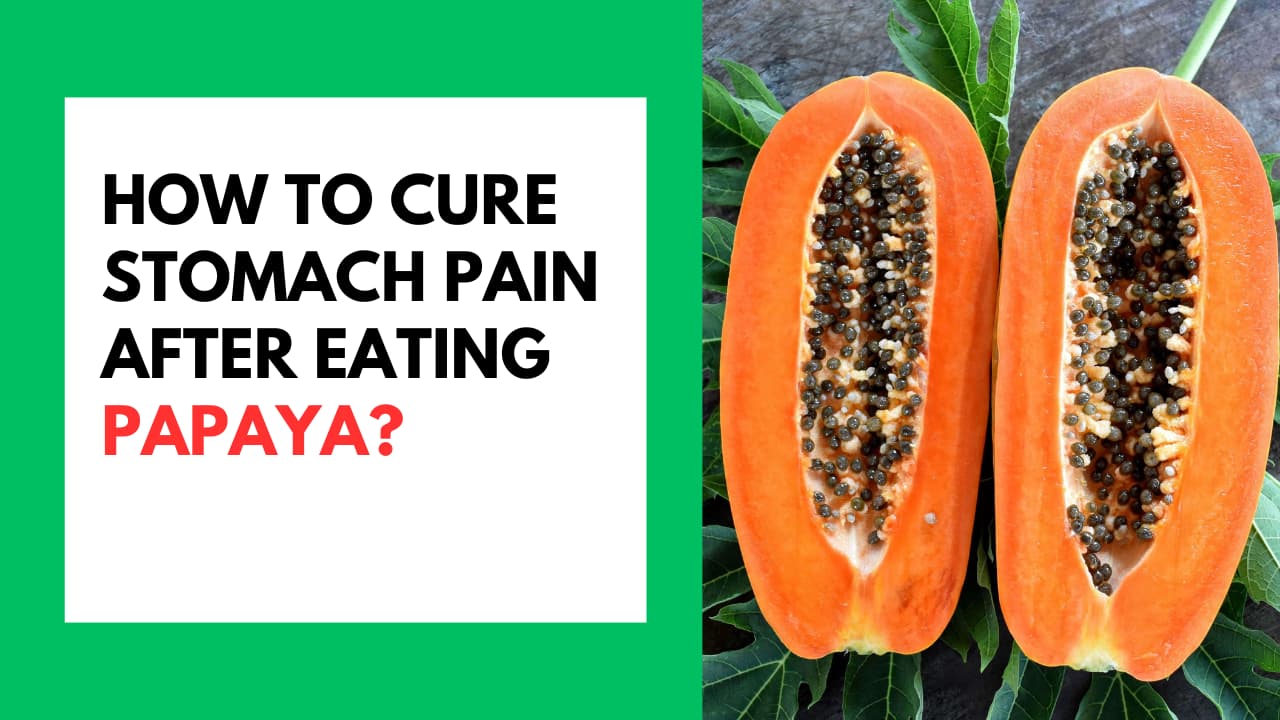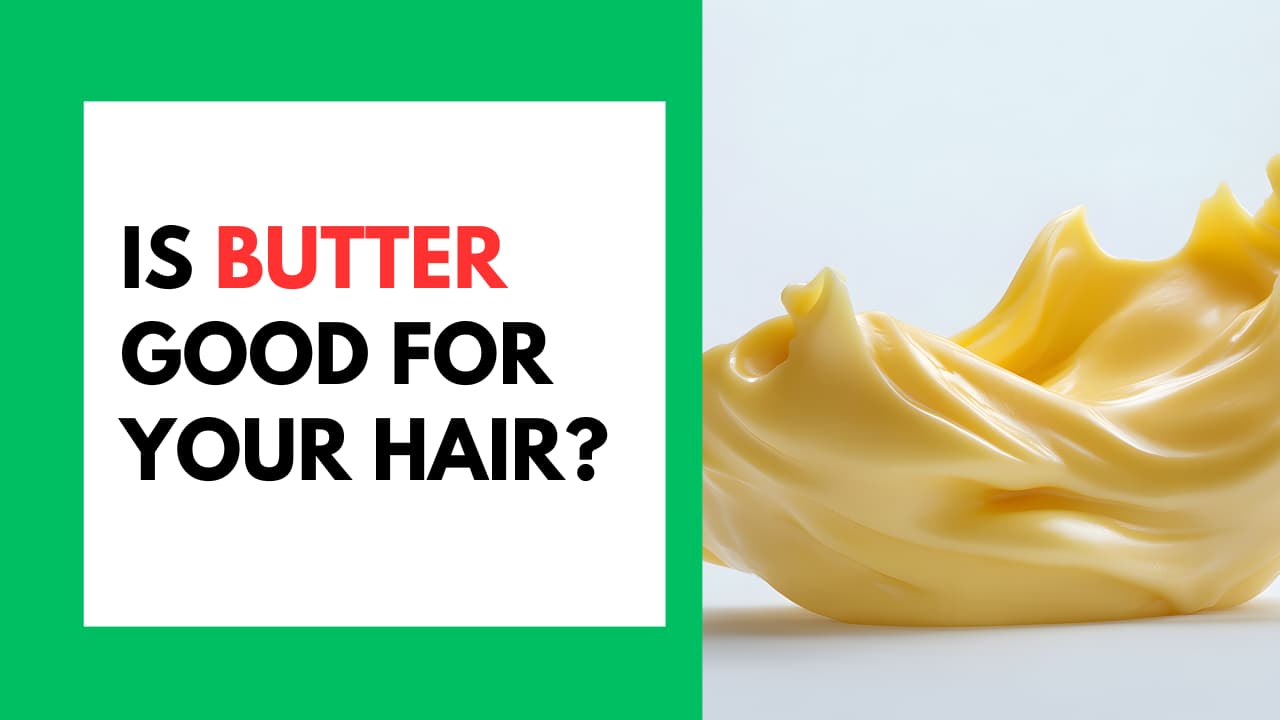The sudden sharp pain of a bee sting feels quick and surprising, leaving behind redness, swelling, and discomfort. However, don’t worry! You don’t always need to rush to the pharmacy. Some of the best ways to treat a bee sting can be found right at home. Simple remedies like using an ice pack to reduce swelling or applying honey to soothe the skin can help you feel better fast. These easy, natural solutions combine old wisdom and basic science to bring quick relief. So, let’s find out the best home remedy for a bee sting.
What is a Bee Sting?
A bee sting happens when a female bee sticks its stinger into the skin and releases venom, causing pain and swelling. The bee uses its stinger, which is a sharp, barbed body part, to protect itself or its hive. When a honeybee stings, the barbed stinger often gets stuck in the skin and breaks off, which leads to the bee’s death.
Even after the stinger comes off, it keeps releasing venom into the skin. This venom has substances like melittin that cause pain, redness, swelling, and itching where the sting happened.
Immediate Steps to Take After a Bee Sting
The following are some immediate measures you must take after a bee sting:
- Remove the stinger right away. Use your fingernail or a flat object like a credit card to gently scrape it off. Don’t pinch or squeeze it, as that can push more venom into the skin.
- Wash the area with soap and water. This helps prevent infection.
- Apply a cold compress or ice pack. Wrap it in a cloth and place it on the sting for 10 to 20 minutes to reduce pain and swelling. Don’t put ice directly on your skin to avoid frostbite.
- Raise the area if it’s on an arm or leg. This helps bring down the swelling.
- Don’t scratch the sting. Scratching can lead to infection.
- Use creams to soothe the skin. Hydrocortisone cream or calamine lotion can help with itching and swelling.
- Take medicine if needed. Pain relievers like ibuprofen or acetaminophen can ease the pain. Antihistamines like Benadryl or Zyrtec can reduce itching and mild allergic reactions.
- Remove rings or tight jewelry. Take them off quickly if they’re near the sting before the area swells.
- Get emergency help if needed. If you have trouble breathing, swelling in your face or throat, feel dizzy, faint, or your heart is racing, call emergency services. If you have an epinephrine auto-injector and know how to use it, use it right away.
Tried and Tested Home Remedies for a Bee Sting
Here are some effective and safe home remedies to treat a bee sting:
- Ice Pack: Using an ice pack wrapped in a cloth is one of the best first steps after a bee sting. It helps reduce swelling and numbs the pain. This method is widely recommended and works well to ease discomfort.
- Honey: Medical honey, like Manuka honey, has strong healing and germ-fighting properties. It can help calm the sting and prevent infection. Regular household honey isn’t as strong but is still often used and can be helpful.
- Aloe Vera Gel: Aloe vera is great for calming the skin. It helps reduce pain, swelling, and itching thanks to its anti-inflammatory and antibacterial properties. It also supports healing.
- Baking Soda Paste: Mixing baking soda with water to make a paste is a common home remedy. It’s believed to help with itching by neutralizing the bee venom. Some official health sources support this for bug bites, but there’s little scientific proof for bee stings. Also, because baking soda is alkaline, it might irritate sensitive skin, so use it carefully.
- Vinegar (Apple Cider Vinegar): Apple cider vinegar is used to help ease the pain and balance skin pH. It has some germ-fighting benefits, but there’s no strong evidence showing it works for bee stings. It should always be diluted with water before use to avoid irritating the skin.
- Toothpaste: Some people use toothpaste on bee stings because it’s alkaline and might help with the venom. But there’s no solid science behind this. In fact, toothpaste can irritate the skin, so if you try it, use only a small amount and stop if it causes any discomfort.
- Plantain Leaves: Plantain leaves are a traditional remedy used to calm bug bites and stings. They have natural anti-inflammatory properties. You can crush the leaves and apply them to the sting as a paste. While many people say it helps, there’s limited research to prove it.
Wrapping Up
In short, the best home remedies for a bee sting, like ice packs, honey, aloe vera, and baking soda, can help most when used right away. They ease the pain, reduce swelling, and calm the skin. Acting fast can turn a painful sting into a quick and easy healing experience with simple natural remedies.






